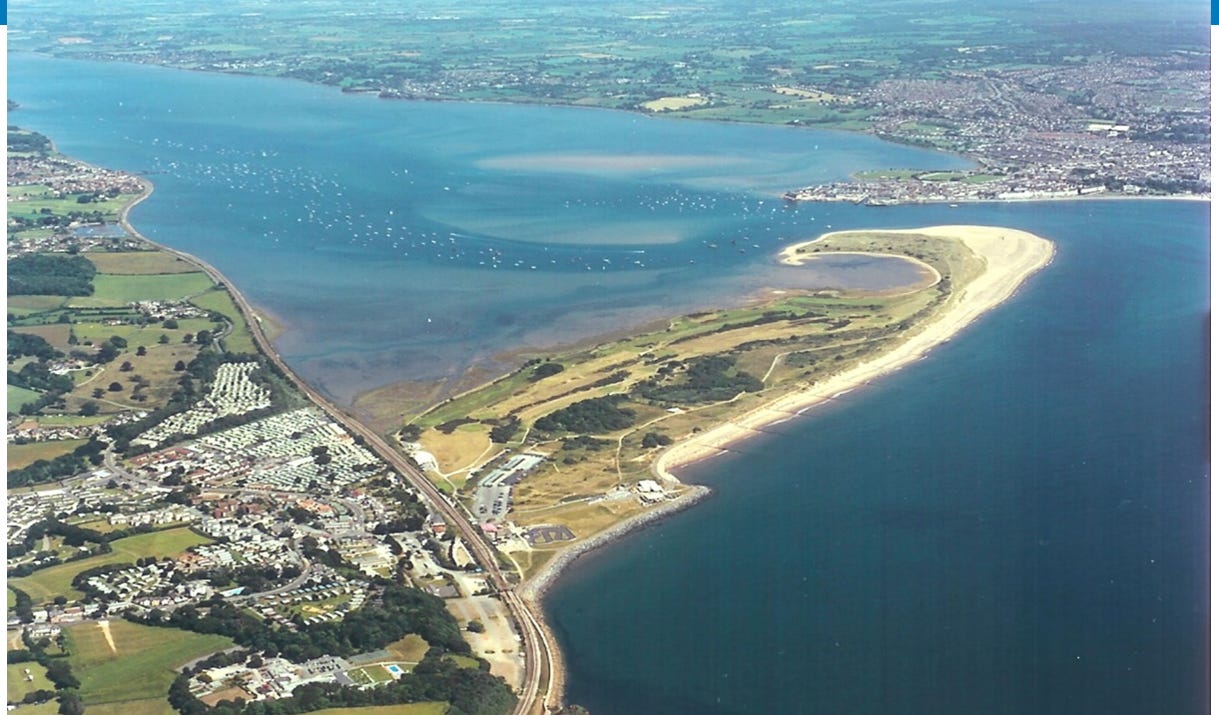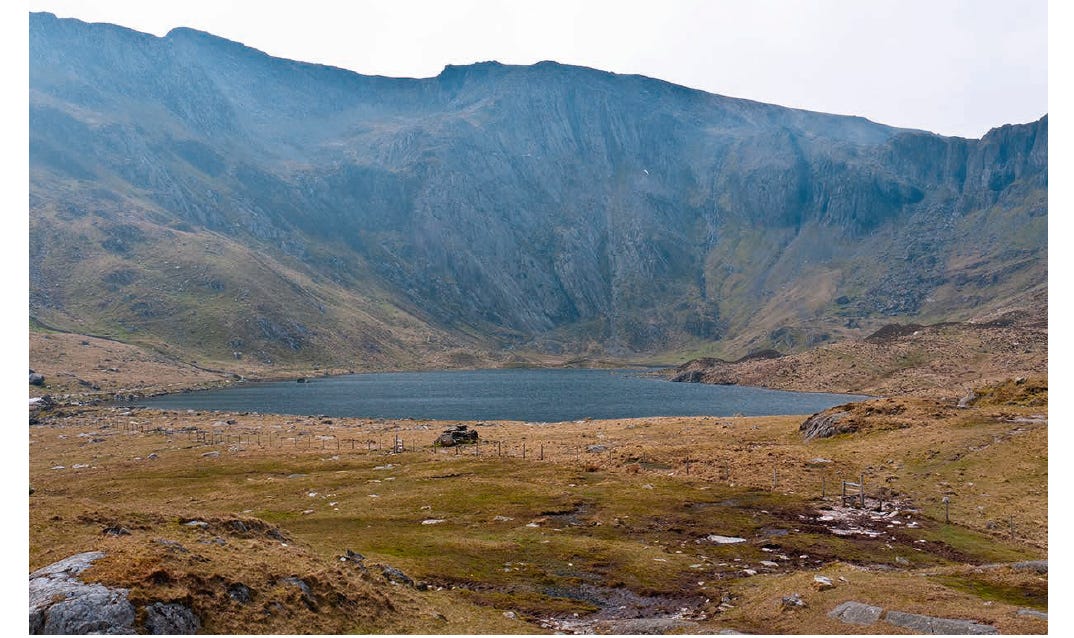In a break from the usual thing I do, I am taken by the seemingly inability of many to describe geographical features in a photograph. This is a basic skill that is required for GCSE examinations, as well as A level (though to a significantly less extent). So how to do it? Here is my advice:
How to describe features in a photograph
Here are 6 pointers on the sort of thing you should do, depending on the actual photograph.
• Name/identify what you are looking at.
• Write what it looks like – ‘paint a picture’ in words.
• State what it is made of.
• State its size – give some sense of scale.
• State the context in which the feature is found – called the ‘field relationship’.
• Look for some variation in the photograph – look for an anomaly.
Here are a few examples of applying these principles.
1. Describing places by text.
Study Figure 1. Describe the main features/characteristics of the place shown.
[For information, it is the commune of Portofino in north-western Italy)
Figure 1.
Figure 1 shows a small coastal village which hugs the shoreline of an inlet (Identified/ field relationship). Most of the buildings around the coastal edge are 4 storeys high, with some a little higher. They are coloured white, yellow and peach. There is a church behind the central buildings at a height just above the level of the rest of the settlement. (Picture painted, and what it’s made of) The size of the village is only about 1km in length and about 500m in width (Scale). There is a small square at the head of the inlet (Field relationship), the latter being full of small boats and a few yachts. The boats look quite expensive.
The ground floor of many of the building on the water’s edge have awnings which suggests they are shops, cafes, or restaurants, which then suggest this is a tourist place. The number of boats and yachts reinforce this view. (More picture-painting)
Finally, the village is surrounded by steep wooded slopes, though there are isolated large houses set into this woodland. These are clearly separate from the main village but want to be close to it. (Variation/anomaly)
2. Describing physical features by labelling/annotation.
Consider having to describe a physical feature by labelling (or annotating) a photograph provided. Here is an example of a coastal spit – Dawlish Warren in Devon. (Figure 2)
Figure 2. Dawlish Warren
Note how the annotations below (Figure 3) satisfy the requirements stated above, albeit in note form as required by the task to ‘label/annotate’.
[Figure 3 is from a powerpoint slide. I am grateful to Phil Banks for the photograph and the suggestions of annotations]
Figure 3. Dawlish Warren - annotated
3. Describing physical features by annotated sketch.
An alternative to the above is to be asked to draw an annotated sketch to describe the main features shown in a photograph. So, here is another example: Cwm Idwal in north Wales.
Figure 3. Cwm Idwal
Figure 4. An annotated sketch of Cwm Idwal








